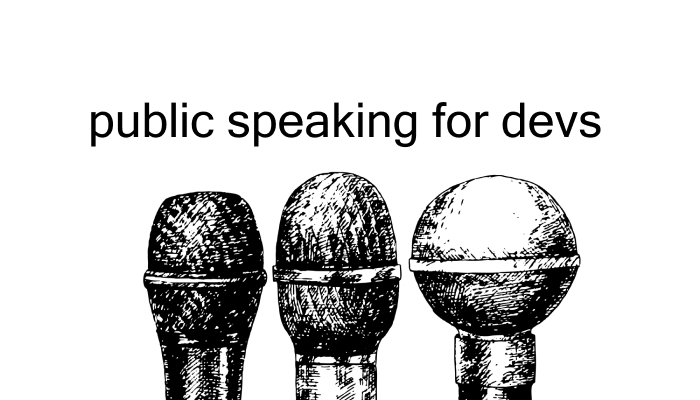
PowerPoint might seem like a powerful tool that changed the way we made presentations, defended a thesis, or talked in public. However, most of us are familiar or have been through horrible presentations with lots of text on the slides, dismally scanty amount of visuals, and monotonous speeches that accompany them. It seems rather obvious and reiterated by many, that PowerPoint slides should not be the containers of your text, but rather — the presenters of the information you try to convey to your audience. Nevertheless, some people still continue to pack the slides with an overwhelming amount of verbosity, thinking it will help if they forget something important, whereas, in fact, the density of the text works against them.
This piece, however, is not intended to be a manual on designing a better presentation — conversely, we’ll suggest the tips and techniques to help you master the art of public speaking and prepare for your next talk, be it at a tech conference or a meetup.
How to overcome the fear of public speaking

I won’t be exactly original here by repeating a few examples so often made by the ‘gurus’ of public speaking, but yet, I think it’s necessary to reiterate them to emphasize the importance of practice and relevant amount of exposure to speaking in public before you get fully accustomed to it.
So, the only way to learn swimming is by actually plunging yourself in the water and getting wet — you can’t learn swimming by watching YouTube videos or reading books on swimming unless of course, you’ll try the lessons learned from them in practice. However, you still have to practice, otherwise, you won’t make any progress.
Or, horses, for example — you see them feeding by the tracks and not paying the least amount of attention to passing trains, yet when you see a farmer passing the railroad tracks with his horses, the animals get nervous and scared by seeing the approaching train. The reason the former animals are quiet is that they are accustomed to passing vehicles, whereas the latter don’t see them that much. Same happens with any other experience, be it public speaking, passing trains, or swimming — if you are not exposed to it for some time — you’ll never learn and you’ll always be scared.
Lesson 1, therefore, is to practice before live audiences. Sign up for book clubs, even AA meetings if you will (well, maybe not), present reports at your weekly or monthly company’s meetings, go to [tech conferences] or meetups to learn from others.
It’s worth mentioning, that even though you see conference speakers or developer advocates taking the stage and speaking confidently, you never know what actually goes behind the stage or in their minds before, during, and after the presentation. Most of those presenters still feel nervous and anxious, and some even didn’t fully overcome the fear of public speaking after having been exposed to live audiences dozen of times. Nevertheless, they’ll tell you that even though they have not completely conquered the fear, they still got better at handling it. So, don’t think that the practice and exposure don’t work — they do, but it takes time. Keep ‘swimming’ and you’ll eventually get there.
Lesson 2. Even if you don’t overcome the fear of public speaking, you’ll still get better at it.
Know your subject well: you don’t only have to be absorbed in your presentation but truly know what and how you’re talking about — be professional and proficient in the subject of your talk. Do not steal the time of your audience by appearing on stage with zero or inadequate knowledge — prepare carefully.
Lesson 3. Know your subject well.
Have confidence and belief in yourself, envision how glamorously and profoundly you’ll captivate your audience — and you will. Never question your ability to deliver great speeches. Assume the virtue of positivity and mastery of your audience. Be a positive force electrifying the apprehensive or expectant audience. Be courageous but appear calm and confident.
Lesson 4. Believe in yourself.
Don’t rush to begin and do not haste to conclude. In fact, begin your speech straight ahead by adopting a conversational tone as though you’re speaking to a friend; conclude with the same directive in mind.
Don’t slide into monotony — for monotonous monologues are the sins of inexperienced speakers and the culprits often killing even the most meticulously prepared talks. Monotony is accepting the same volume, pitch of the tone, speed, emphasis, sometimes even the same trail of thought to the whole presentation. To put it simply, monotony is the lack of variety. To fix the dreariness and commonplaceness of your speech, detach one thought or phrase from another and express each of them differently, emphasizing what you believe truly matters.
Lesson 5. Avoid monotony and embrace variety.
The art of public speaking
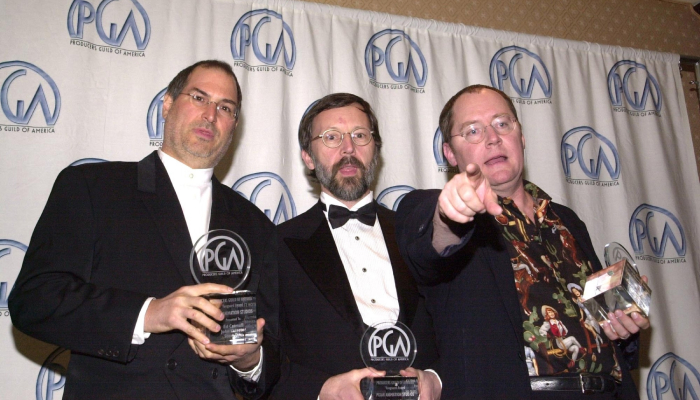
Now, before we name and analyze the practical tips for giving a talk, let’s briefly summarize what actually constitutes the art of public speaking.
The art of public speaking is supplying the listeners with the necessary depth and richness of the subject and delivering a strong message with a visual impact in the manner of showing rather than telling. The most compelling aspects of the presentation are the visuals, structure, and the storytelling component that goes hand in hand with the provided visual information. The artistry comprises the ability of the speaker to educate, persuade, and engage the audience in the most creative fashion possible.
Public speaking tips
Let’s look at how you can work on your artistry or develop the necessary skills and prepare yourself for that big challenge of giving a public talk.
Preparation
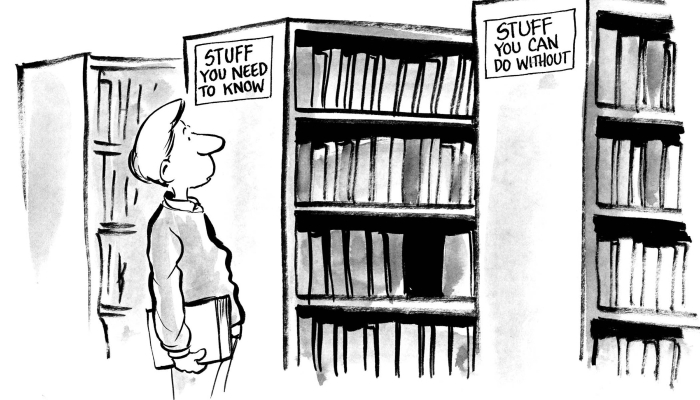
The most important part is the preparation. During the first stage of the preparation process, you’ll need to address such issues as the goal of your presentation, its intended audience, the supposed venue, and time allotted.
Now, depending on the circumstances, your goals may vary, but most of the time the goal is to showcase your and your team’s work, give an insight into your area of expertise, as well as educate an audience or advocate for a particular product or software.
I remember talking to one speaker behind the scenes of the conference I attended, and he said that whenever he prepared for the presentation he would think of one thing he would like his audience to remember from the talk, and around that particular thing he would revolve the structure, the visuals, the story, the anecdotes of the presentation.
Advice @ryanflorence gave me. Have you seen Inception movie? Focus on the one idea you want to plant in their head.
— Dan Abramov (@dan_abramov) January 5, 2017
Combining these two pieces of advice, have a clear goal in mind and the one idea you’d like your listeners to remember from your talk.
Think of your audience, what they’d like and expect to hear from you. If you’re speaking at the JavaScript conference, it’s obvious, you’ll need to attend to the main and specific theme of the whole event. Think of the background the listeners have on the topic: are they familiar with what they are about to hear from you, are they interested, what context do you need to provide so your ideas resonate with their perception and understanding of the subject — these and many other questions you’ll have to ask yourself before embarking on the journey of preparing the actual presentation slides. Also, it’s reasonable to prepare a list of questions your audience would have supposedly ask you if they had the chance. Then, put each of those questions in the outline or structure of your presentation and address them fully.
If you think that a title doesn’t really matter, then think twice — your audience will be exposed to the titles of the speakers’ presentations long before you actually have an opportunity to talk in front of it. Besides, if the conference has several tracks going at the same time, you might lose a portion of listeners who decide to move elsewhere or grab lunch for that same matter. Therefore, think of an original title that can grab your listeners’ attention and extrapolate from it further. Spend some time pondering over the correct and catchy title that actually grasps the meaning of your talk, your agenda, and the message you want to deliver.
Then think of a clear outline. That will take you some time to write and revise and revise again. At this stage, also collect the pictures, memes, cartoons that you think will suit the message you want to convey to your listeners. At this very moment, you’ll probably want to include the story that will actually connect all the pieces of the puzzle. I’d advise you to watch Kyle Simpson’s keynote on JavaScript and see how he elegantly connected the history of spaceship building to the evolution of the programming language. You really can learn a ton by just watching other speakers performing their best and telling fascinating stories while sticking to the main message or, better, illustrating their ideas.
After you’ve developed the thesis, that is the main idea, it’s time to prepare the slides and either support your thesis or refute it. At first, it may sound like a disjointed set of ideas, but don’t be discouraged at this stage – just keep on writing and soon, you’ll see something very beautiful emerging that will actually work perfectly well after maybe a couple of dozen or so revisions.
Make your slides succinct, concise, and to the point. They should either support your thesis or say something against it. If it doesn’t say anything like that or says too much, then you’ll probably don’t need that slide at all — rather memorize the arguments and talk about them without including the text on the slide if not for a single visual.
After you’ve prepared the slides, share them with the members of your team, your boss, your second half, whoever feedback you value and appreciate. After you’ve gathered feedback, amend the presentation accordingly.
Then take your talk, if possible, for a test spin — present in front of your colleagues, friends, or write an article covering the subject and ask for feedback from your readers.
Also, before the presentation, ask as much as you can about the venue, the number of people that are going to be present, what topics will be covered by other speakers, ask if there’s the AV tech to help you or you are left on your own.
Import the .pptx into Keynote, if you think that conference wi-fi might be unreliable. Always think of a back-up plan and have a copy of your presentation on a desktop, thumb drive, or even pdf on your phone — have multiple copies and prepare for the worst.
During the presentation
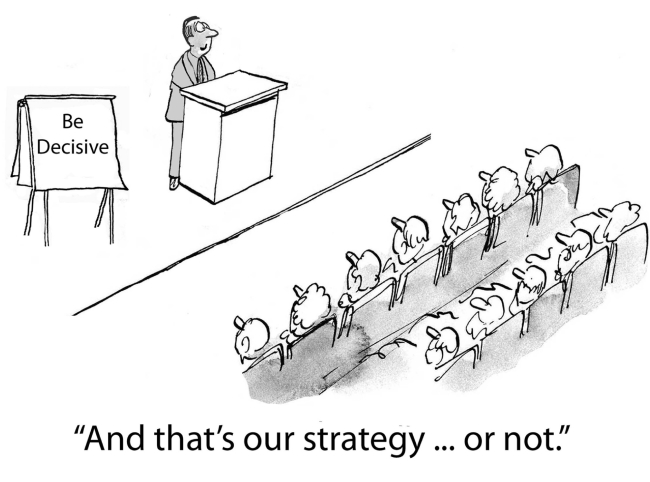
During the presentation, attempt to stay fully present, moreover — do not attempt, but be there, fully in the moment, committed to your talk and the audience. Do not think of anything else, future or past, winning or failing, but think about your message, that is of the present.
Stay relaxed, engaging, and speak of your topic passionately and enthusiastically without being over the top.
Being prepared, remember to be flexible at all times, so that nothing disturbs your inner calm, and you’re open to any outcomes whatever they might be.
Connect with your audience, appeal to both logic and emotions. Project yourself by moving around the stage with confidence and passion, maintaining good eye contact, and speaking conversationally. Remove any barriers between you and your audience, it’s always better to walk around than hide behind a lectern.
Avoid reading your slides or notes from a notebook. Remember, it’s better to say less than to say too much and leave your audience feeling that they had more than enough of you.
Try to engage your audience by asking spontaneous questions or inviting someone on stage for a quick example — act freely, naturally, and stay humorous at all times.
After the talk
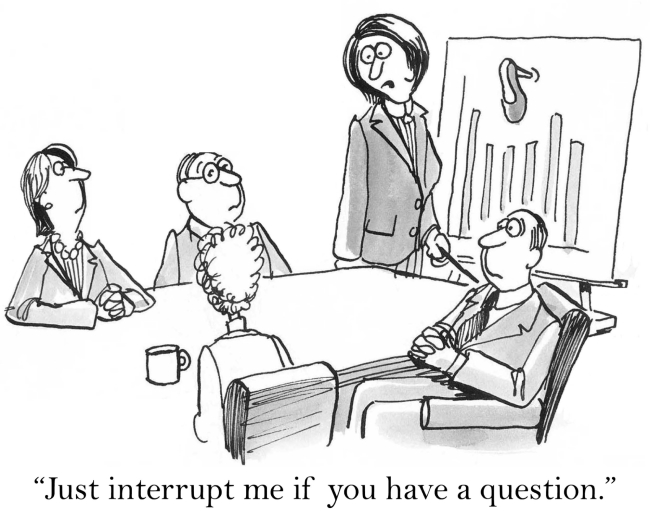
After the presentation, talk to your audience, answer their questions and ask for honest feedback — you’ll be amazed by some of the comments on something you have not even thought about, like the speed of your speech.
Export your slides to a pdf including your notes and upload them online, so others can remind themselves of your talk, check on something they’ve missed during the presentation, or learn from you.
Public speaking classes and resources
First of all, let me briefly name the resources I’ve used while preparing this article (you might want to expand your knowledge and read those books in full, they are totally worth it):
The Art of Public Speaking by Dale Carnegie
Presentation Zen by Garr Reynolds
Demystifying Public Speaking by Lara Hogan
Perhaps, you’ll also find value in the following classes I’ve found on public speaking:
Public Speaking Courses at Udemy
Public Speaking Courses at Coursera
Public Speaking at edX
Other resources on our blog that might interest you:
Mentorship in Web Development
Attending Tech Confs: Plan of Action
Becoming a Technical Lead
Soft Skills for Devs





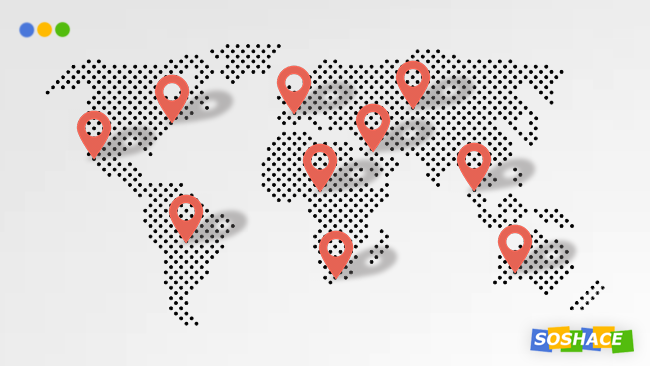

Public speaking can be daunting, especially for developers who are more accustomed to coding than addressing an audience. I used to struggle with it, but I’ve learned that the key to a successful public speaking lies in thorough preparation. Another crucial aspect is creating a compelling and well-structured presentation. That’s where pitch deck design becomes essential. A polished pitch deck keeps the audience engaged. With the right preparation and a strong presentation, public speaking becomes much less intimidating and even enjoyable.